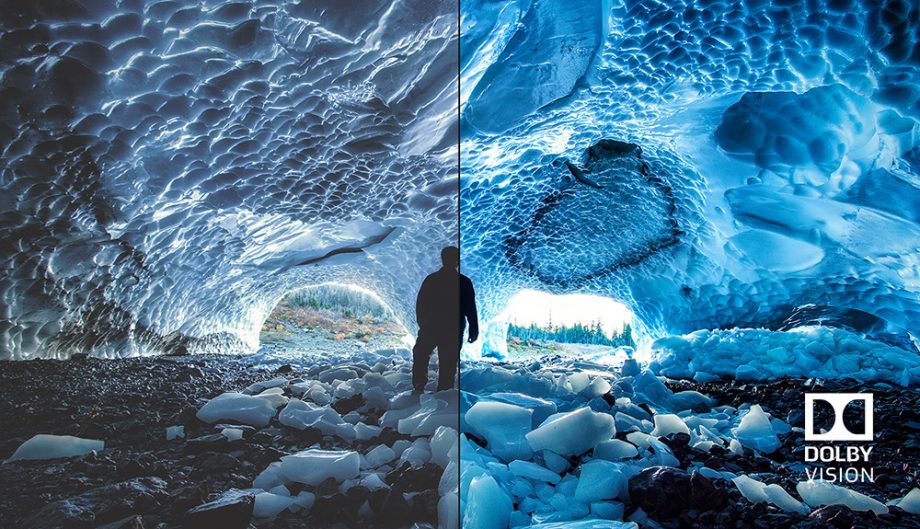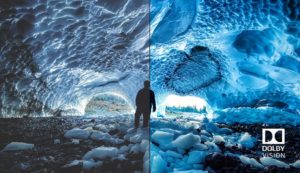
Dolby Vision
Dec 09 2019
Recently while conversing with Cinematographer Mahesh Muthuswami we discussed about flexibility digital is offering and also complexity it offers with many workflows…then came a topic Dolby Vision.
Dolby the name was made popular by P.C.Sreeram directed film Kurudhipunal which had spectral recording that revolunized soundscape of Tamil Cinema music was done by Late Makesh.
Dolby was new sound system introduced in 1970’s for Starwars film.
Now Dolby Vision!?
Dolby vision is a HDR format which is also used in video production, making it a professional as well as a consumer brand.

HDR. When properly implemented, HDR makes a bigger difference to most people than the move from Full HD (1080p) to 4k ultra high definition.
HDR isn’t just one format, it’s a catch-all name for multiple different formats, each with its own unique qualities. One of the most widely discussed HDR formats is Dolby Labs’ Dolby Vision. So what exactly is Dolby Vision? How is it different than other HDR formats?
There are five major HDR formats to discuss for home use: Two static formats and three dynamic ones. The two static formats are HDR10, the version that every HDR-capable TV supports, and HLG a version designed for broadcast applications. Static in this case means that the data required to show HDR content is determined once based on the entire movie or TV show. Once the video starts to play, that information doesn’t change.
The three dynamic formats include Advanced HDR by Technicolor, and two much more commonly known formats for the home: HDR10+, a license-free format developed in part by Samsung, and Dolby vision. Unlike static formats, dynamic formats can adapt as you watch, boosting or reducing HDR elements based on each scene, down to a frame-by-frame level of detail. It takes way more data to do HDR this way, but it has advantages of Being able to fine-tune color, contrast, and brightness for each scene can have a big impact on HDR quality.
Dolby Vision has some unique features …Dolby Vision supports a much wider range of possible settings than the more conventional (and static) HDR10. For instance, HDR10 supports a maximum picture brightness of 1,000 nits for TVs. Dolby Vision can go much brighter — up to 10,000 nits.
Color accuracy by having 12 bit depth data where as other have 10 bit depth which is itself good enough.
HDR content delivery is very important today as netflix,amazon expect or have guidelines regarding the content they receive right from resolution,cameras,formats along with that HDR also plays important factor.
Today consumer TV has HDR labelled.
What is HDR…. how does it influence cinematography.

HDR is a viewing format that displays contrast, color, and luminance capable of producing an overall highlight brightness level of 1000 NITs (and more if so desired). SDR is 100 NITS. So HDR can be 10 times brighter with more dynamic range of the original image.
To best understand how to control exposures for both High Dynamic Range (HDR) and Standard Dynamic Range (SDR), it is important to understand how to measure scene luminance.

Motion picture images consist of variable ranges of scene luminance values (brightness vs. darkness), also known as: reflected scene tones, which can be measured photometrically in foot-lamberts (reflected foot – candles) or directly in lens T-stops using a spot photometer. The ratio of the darkest reproducible shadow detail to the brightest reproducible highlight detail can be calculated in footlamberts or in lens T-stops.
For example, a scene luminance with a dynamic range of .02 foot-lamberts to 80 foot-lamberts is 4,000:1 and is equivalent to a 12 stop dynamic range. Also, by way of example, a T-stop range from T-1 to T-64 represents a 12 stop dynamic range. A 13 stop range is 8,000:1; a 14 stop range is 16,000:1; and a 15 stop range is 32,000:1.
In HDR, suddenly there’s a whole new set of information for the eyes to look at. for example, if we have a window in a shot, now, because of HDR, we see too much detail through the window. So we can blur it, blow it out, or make it darker. It’s all about keeping the attention and focus on the actors and story, which are now that much crisper because of HDR.
C.J.Rajkumar
Author/ Cinematographer
